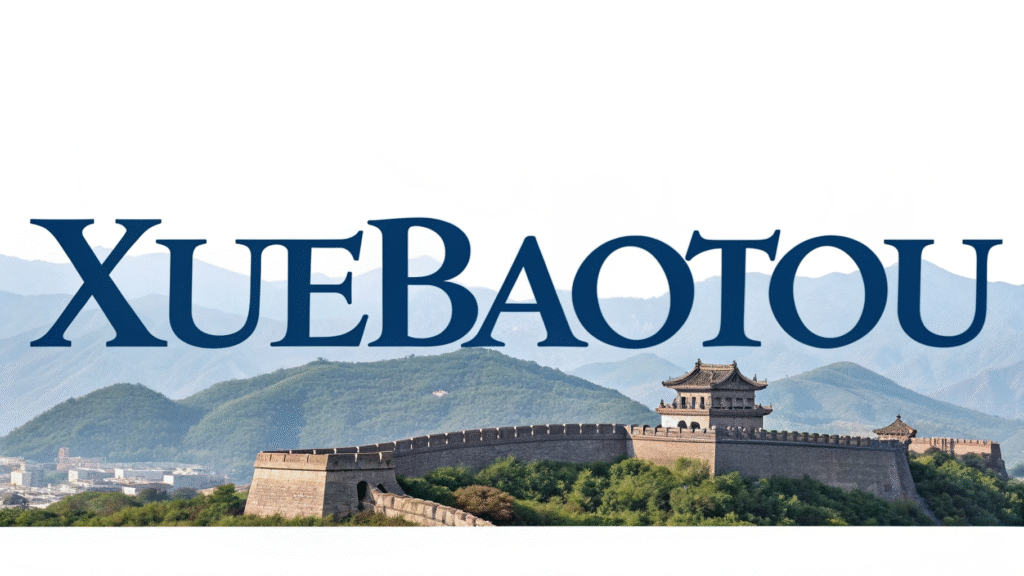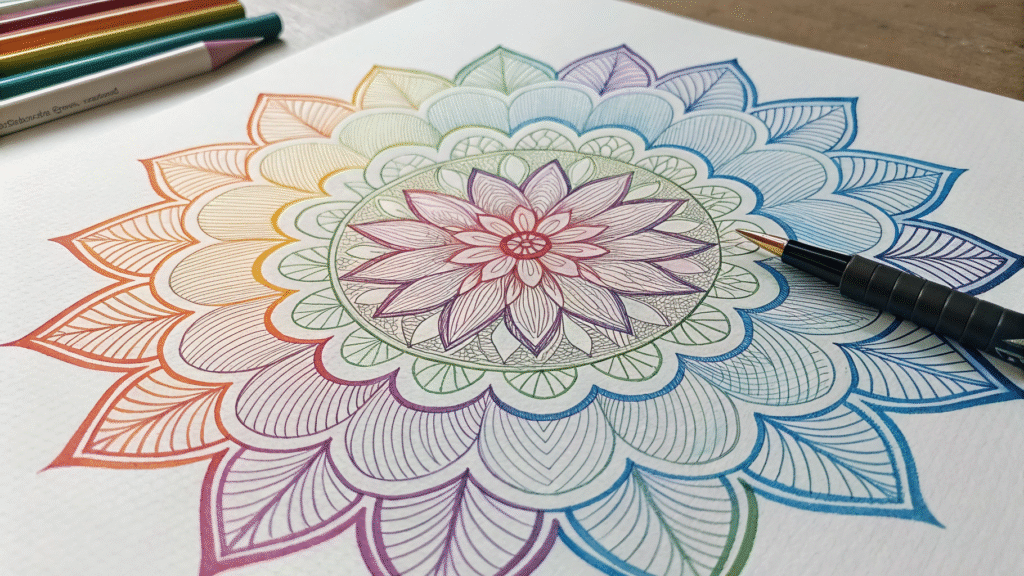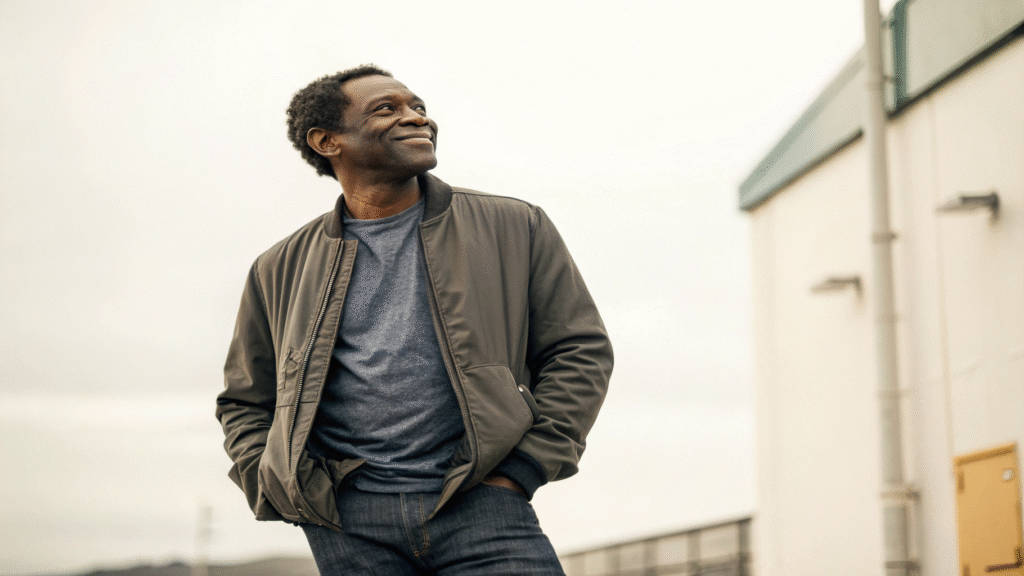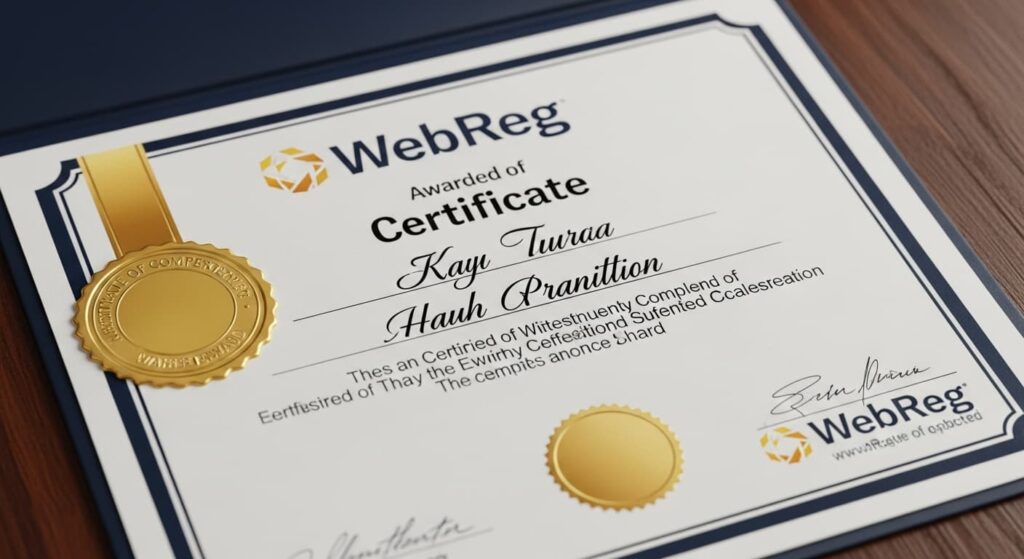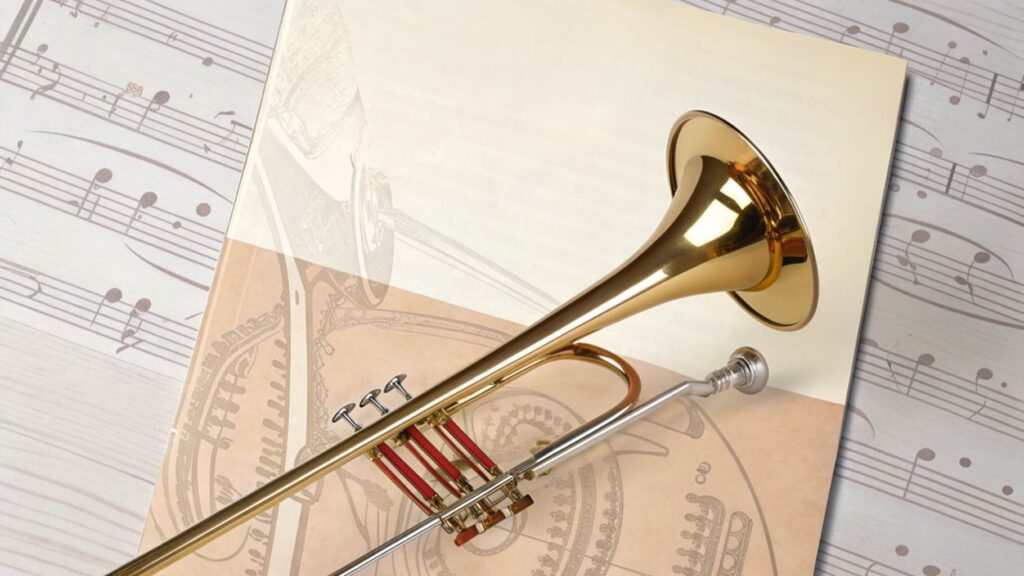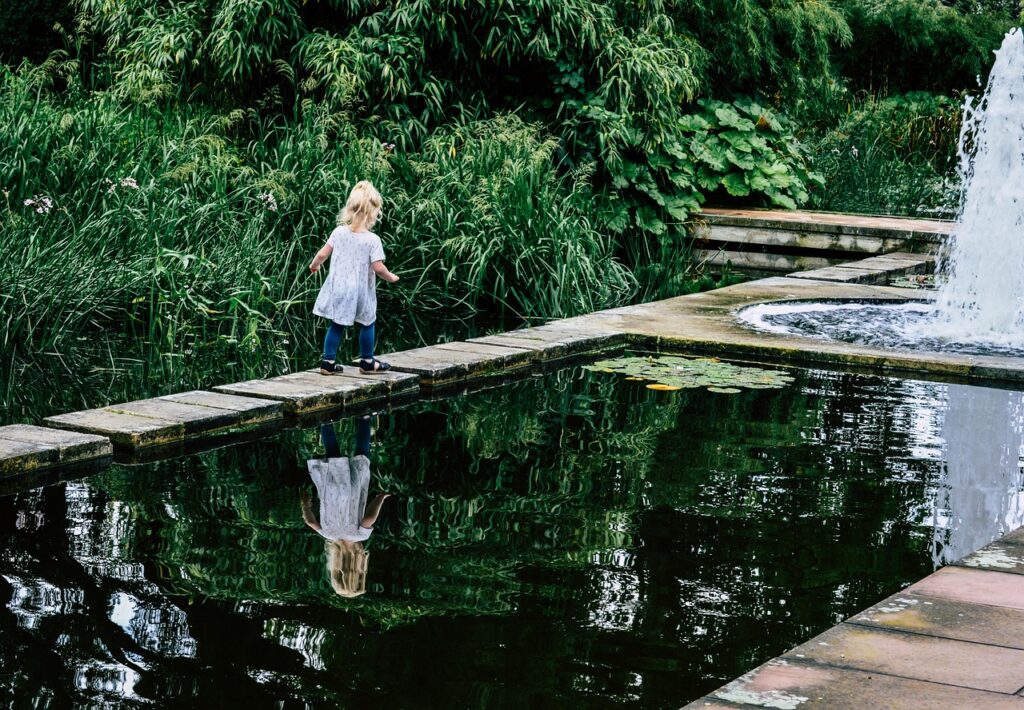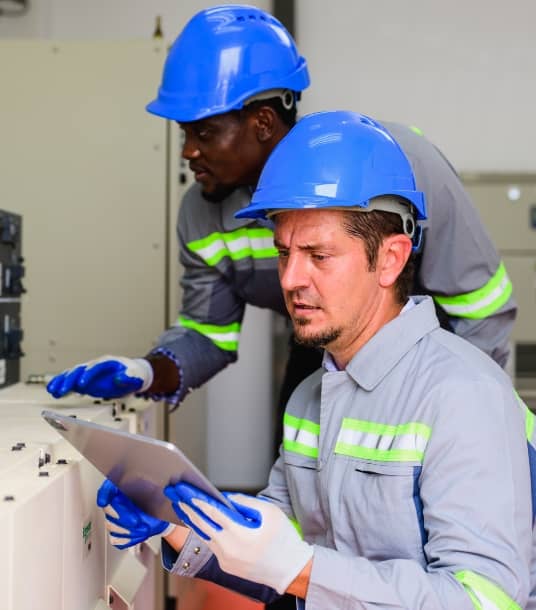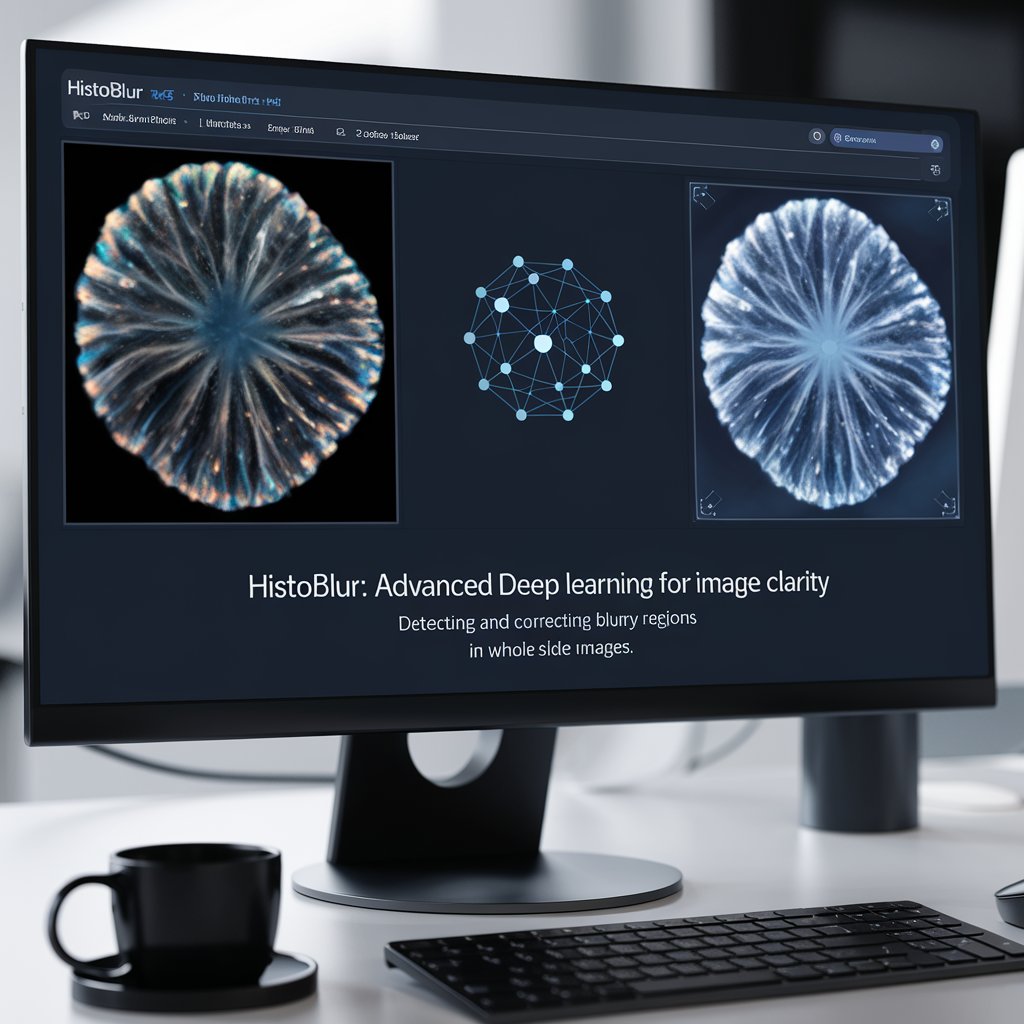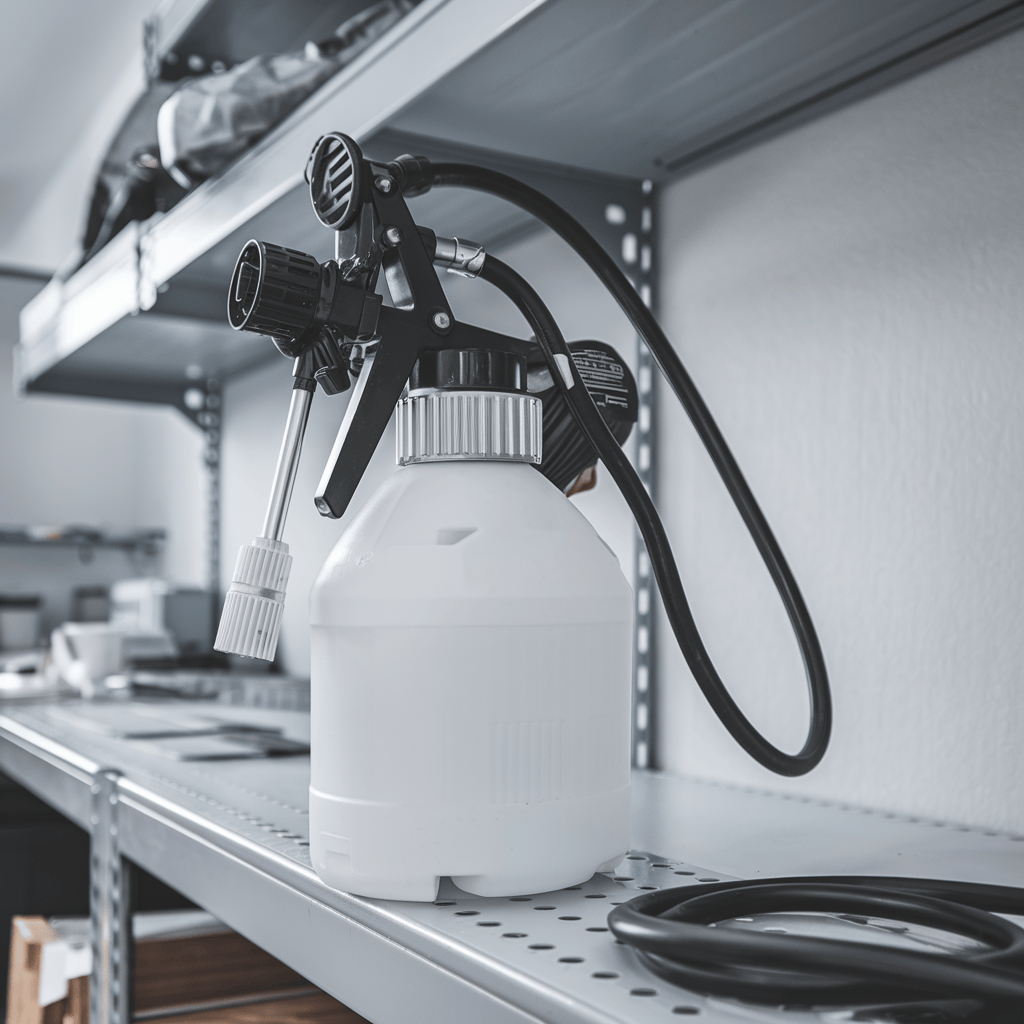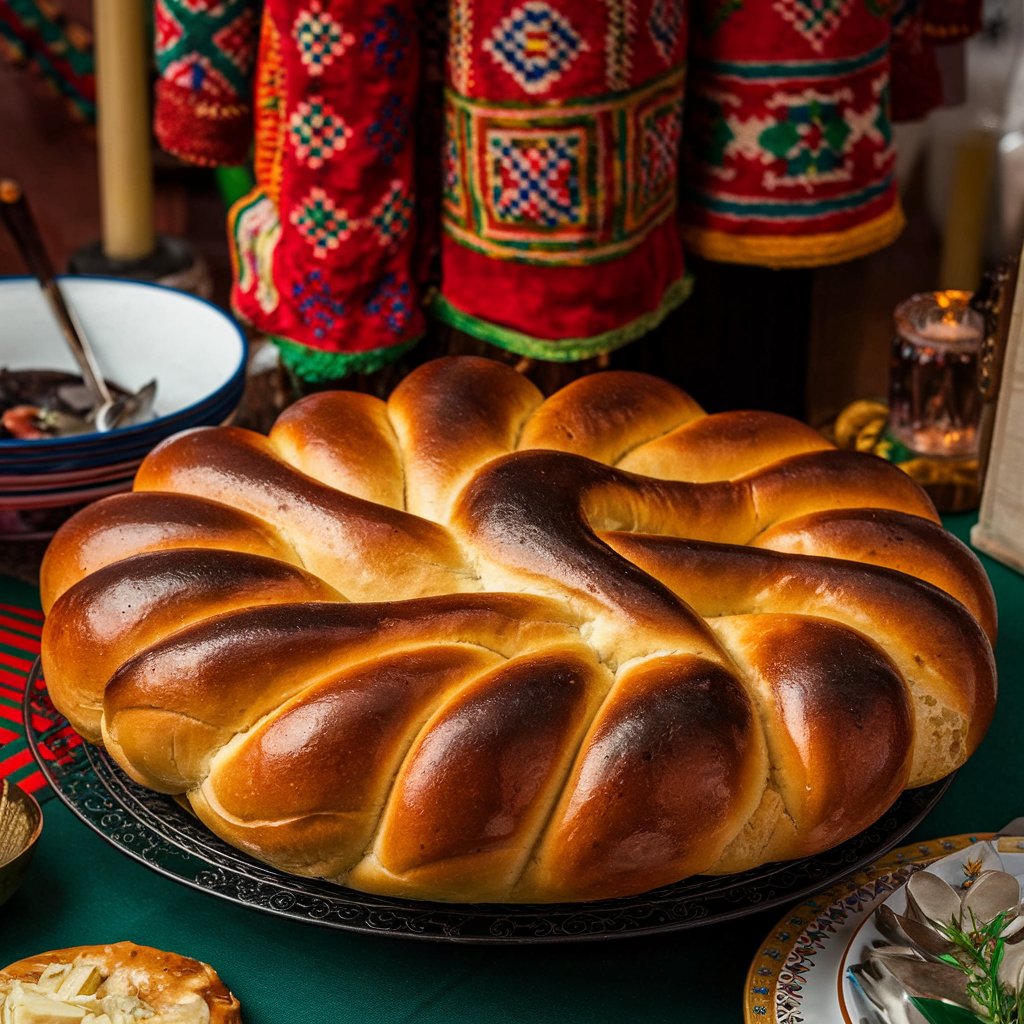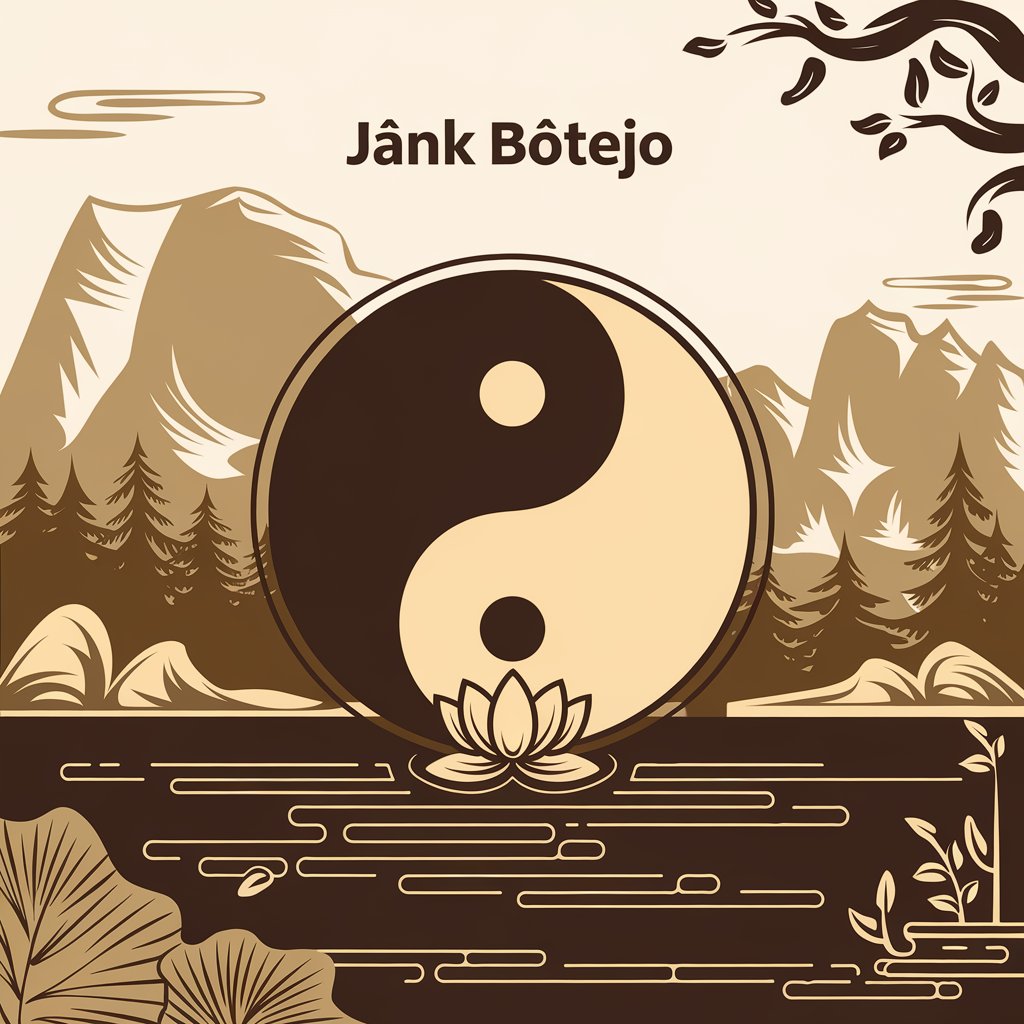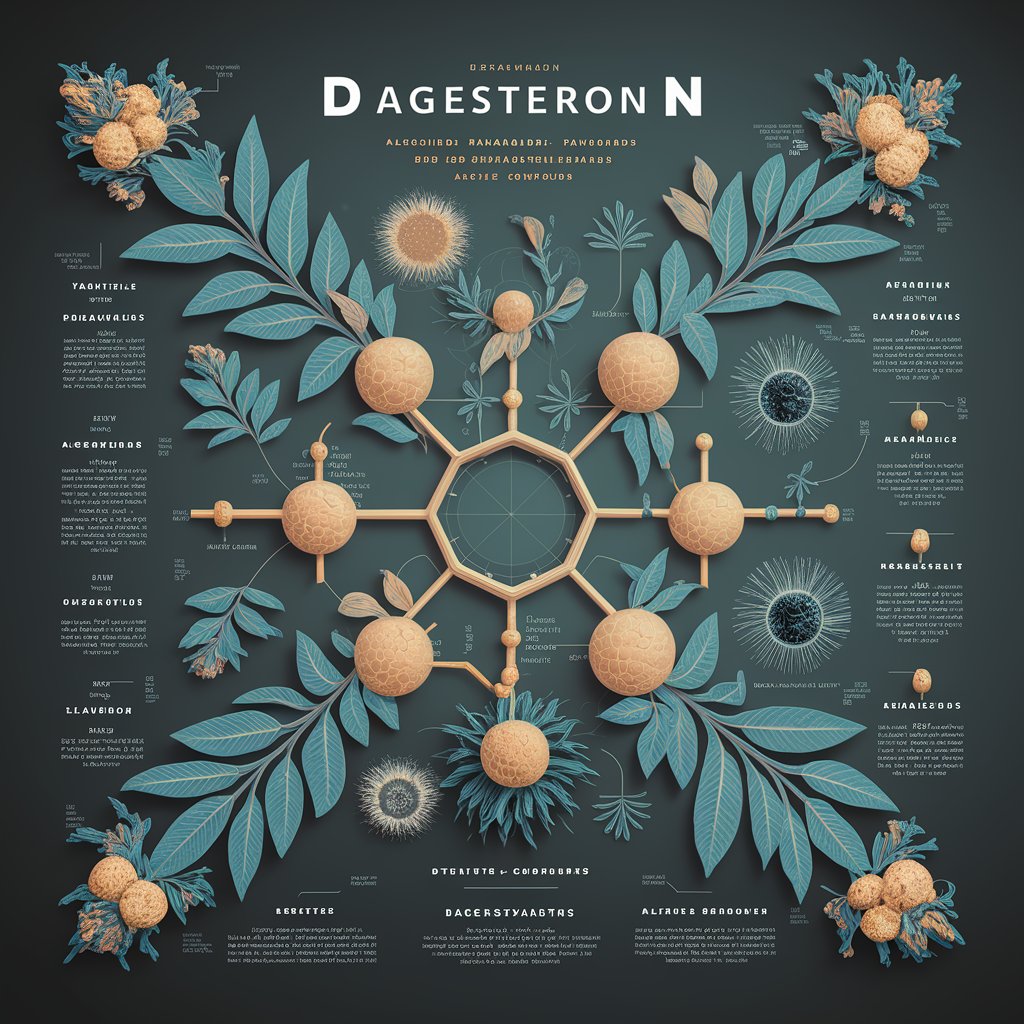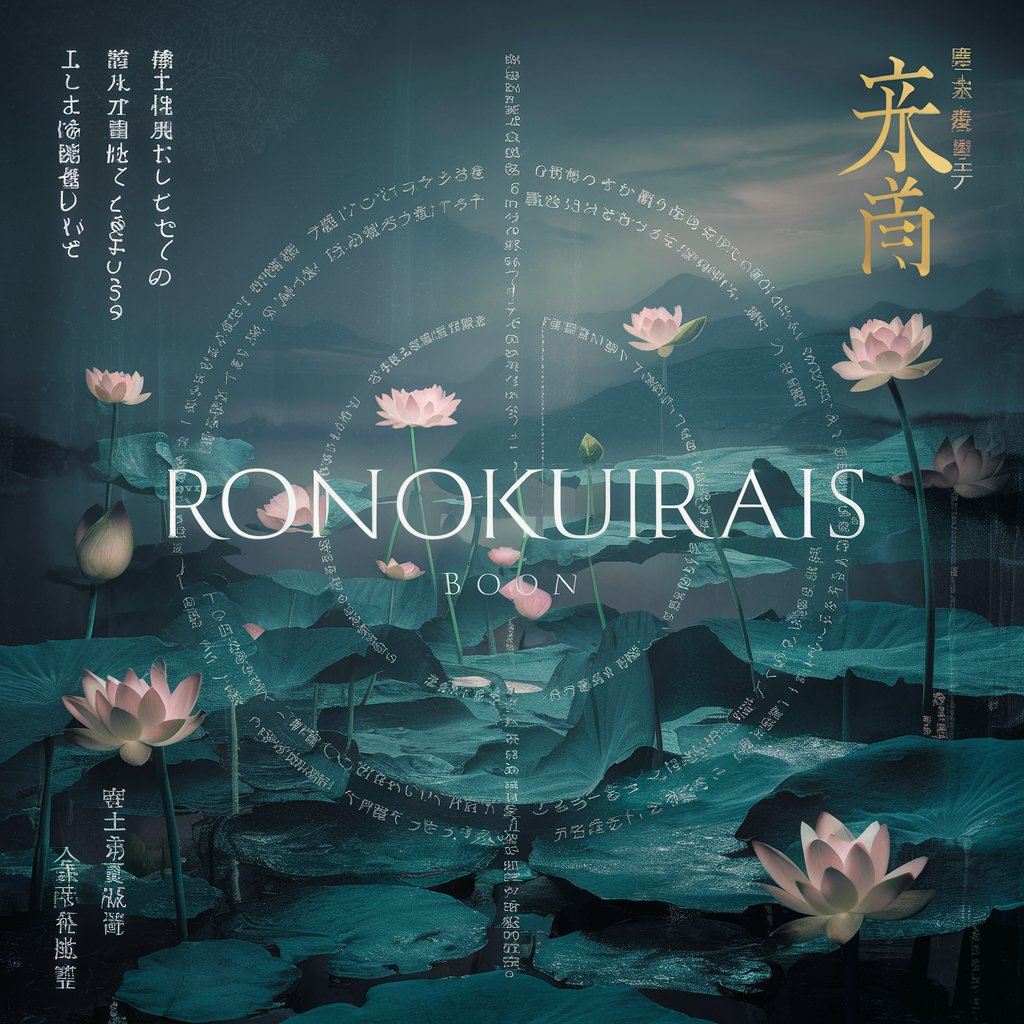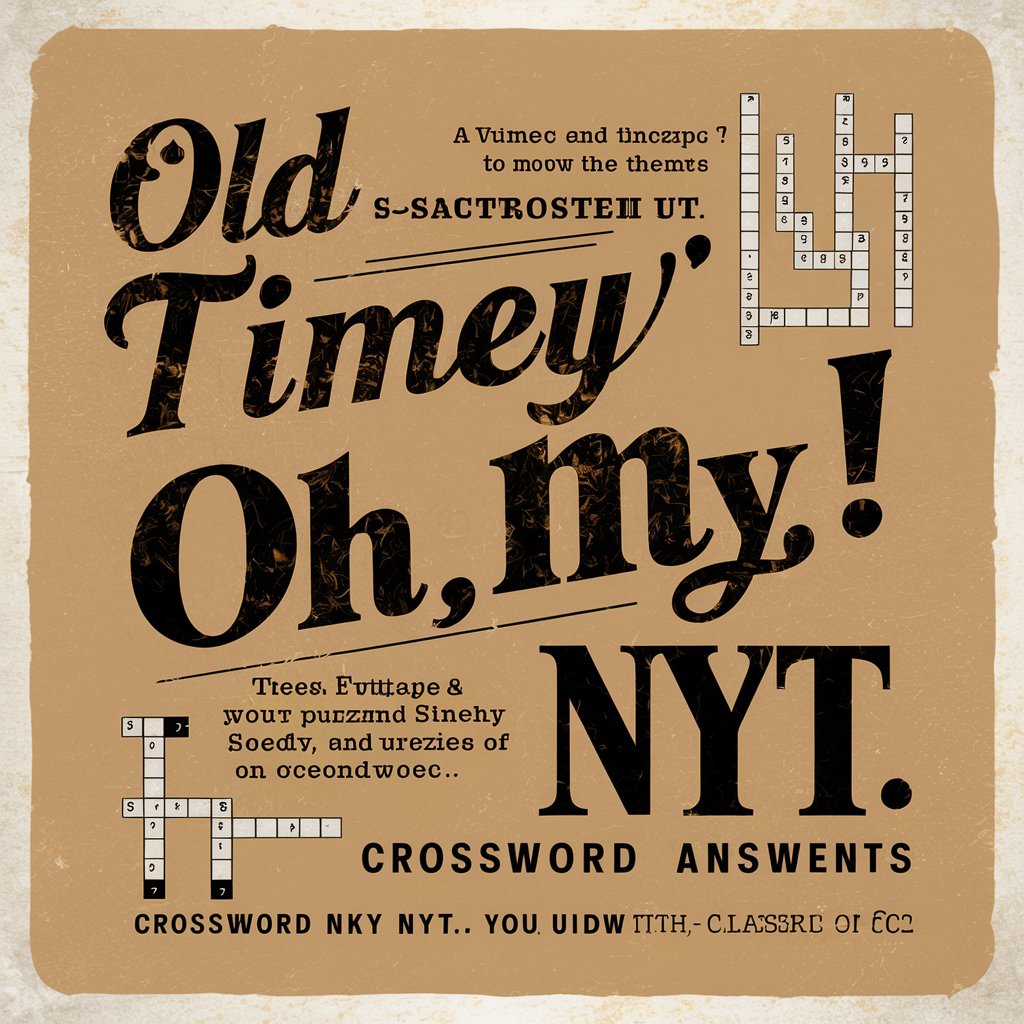Sifangds: A Comprehensive Guide to This Ancient Chinese Exercise Tradition

Introduction
In a world where modern fitness routines often dominate, ancient practices that blend physical exercise with spiritual well-being are gaining renewed interest. One such practice is Sifangds, a physical exercise rooted in ancient Chinese traditions. This article aims to provide a thorough understanding of Sifangds, including its history, benefits, techniques, and its relevance in contemporary fitness and wellness practices. By exploring Sifangds in depth, we will uncover how this ancient practice can enhance physical health and spiritual connection.
Sifangds, a physical exercise rooted in ancient Chinese traditions, symbolizes a spiritual connection to the natural world and the harmonious alignment of body and mind with the four cardinal directions.
What is Sifangds?
Overview of Sifangds
Sifangds is a traditional Chinese exercise that combines physical movements with spiritual and philosophical elements. The name “Sifangds” translates to “Four Directions Practice” in English, reflecting its holistic approach to aligning the body with the natural world. This practice integrates movements that correspond to the four cardinal directions, emphasizing balance, harmony, and connection with nature.
Historical Context
Sifangds has deep roots in ancient Chinese culture, where it was practiced by scholars, monks, and martial artists. Its origins can be traced back to Daoist and Confucian philosophies that emphasize the harmony between the human body and the natural environment. Historical texts and artifacts suggest that Sifangds was used both as a physical exercise and a spiritual practice, aimed at achieving balance and inner peace.
Benefits of Sifangds
Physical Benefits
- Improved Flexibility and Strength: The movements involved in Sifangds are designed to enhance flexibility and build strength. The practice includes stretching and strengthening exercises that target various muscle groups.
- Enhanced Balance and Coordination: By focusing on movements that align with the four cardinal directions, Sifangds helps improve balance and coordination. This is particularly beneficial for individuals looking to enhance their overall physical stability.
- Increased Energy and Vitality: Regular practice of Sifangds can boost energy levels and promote overall vitality. The integration of breath control and physical movement helps stimulate the body’s energy flow.
Mental and Spiritual Benefits
- Stress Relief and Relaxation: The meditative aspects of Sifangds, combined with its physical exercises, contribute to stress relief and relaxation. Practitioners often report a sense of calm and mental clarity following their sessions.
- Enhanced Focus and Concentration: The practice encourages mindfulness and presence, which can enhance focus and concentration. This mental clarity extends beyond the practice into daily life.
- Spiritual Connection: Sifangds fosters a deeper connection to nature and the self. The alignment with the four cardinal directions symbolizes a holistic approach to understanding one’s place in the world.
Techniques and Practices in Sifangds
Core Movements
Sifangds involves a series of core movements that correspond to the four cardinal directions: north, south, east, and west. Each direction is associated with specific physical and spiritual practices:
- North (Winter and Water): Movements in this direction focus on grounding and stability, reflecting the stillness of winter and the fluidity of water. Exercises may include deep stretching and breathing techniques.
- South (Summer and Fire): This direction emphasizes dynamic and energetic movements, mirroring the heat of summer and the intensity of fire. Practices often involve vigorous exercises and powerful breath control.
- East (Spring and Wood): Movements facing east are designed to cultivate growth and renewal, akin to the energy of spring and the vitality of wood. Exercises include gentle stretching and balance techniques.
- West (Autumn and Metal): The western direction focuses on harvesting and reflection, similar to the qualities of autumn and metal. Techniques may involve grounding exercises and introspective practices.
Breath Control
Breath control is a fundamental aspect of Sifangds, integrating with physical movements to enhance the overall experience. Practitioners learn to synchronize their breath with their movements, fostering a deeper connection between body and mind.
Meditation and Mindfulness
Meditation and mindfulness are integral to Sifangds practice. The exercise often begins and ends with a period of meditation, allowing practitioners to center themselves and reflect on their practice. This mindfulness extends to the movements, promoting a sense of calm and presence.
Integrating Sifangds into Modern Life
Adapting for Contemporary Fitness
Sifangds can be adapted for contemporary fitness routines by incorporating its principles into modern exercises. Combining traditional movements with modern techniques can create a unique and balanced workout regimen.
Incorporating into Wellness Routines
Incorporating Sifangds into wellness routines can enhance overall well-being. Practitioners may include it as a supplementary practice to other forms of exercise or as part of a holistic wellness program.
Finding Sifangds Classes and Resources
Many communities and online platforms offer Sifangds classes and resources. Look for local studios or instructors specializing in traditional Chinese exercises. Online resources, including instructional videos and guided practices, can also be valuable for those interested in exploring Sifangds.
Common Questions About Sifangds
What is the history behind Sifangds?
Sifangds has its origins in ancient Chinese culture, linked to Daoist and Confucian philosophies. It was practiced by scholars, monks, and martial artists to achieve physical and spiritual balance.
How can Sifangds benefit my health?
Sifangds offers numerous benefits, including improved flexibility, strength, balance, and stress relief. It also enhances mental clarity and fosters a deeper spiritual connection.
Are there specific techniques associated with Sifangds?
Yes, Sifangds involves core movements associated with the four cardinal directions: north, south, east, and west. Each direction has unique physical and spiritual practices.
Can I practice Sifangds on my own?
Yes, you can practice Sifangds on your own or with the guidance of a qualified instructor. Online resources and local classes can help you get started and deepen your practice.
How do I incorporate Sifangds into my existing fitness routine?
You can integrate Sifangds by combining its movements and principles with other exercises. Consider adding Sifangds sessions to your fitness routine for a balanced and holistic approach.
Conclusion
Sifangds represents a rich tradition that blends physical exercise with spiritual and philosophical elements. By understanding its history, benefits, techniques, and integration into modern life, practitioners can enhance their physical health, mental clarity, and spiritual connection. Whether you are new to Sifangds or looking to deepen your practice, this ancient exercise offers a valuable path to holistic well-being.
This comprehensive guide aims to provide an in-depth understanding of Sifangds, offering valuable insights and practical information for those interested in exploring this ancient Chinese exercise tradition.
 English
English 
















